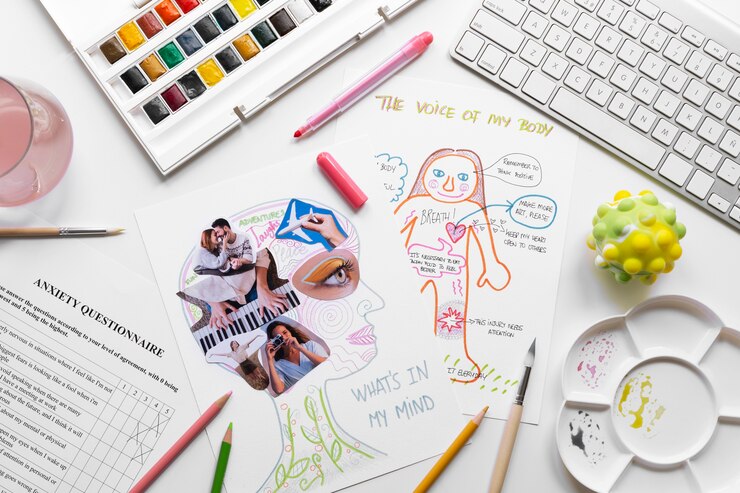
### Inside: A Guide to Positive Parenting for Aggressive Children
**Overview:**
In this section, parents will discover strategies to foster positive parenting in the face of aggressive behavior, accompanied by a 5-step plan for handling such situations effectively.
**Table of Contents:**
I’m thrilled to share a glimpse of Rebecca Eanes’s new book, *The Positive Parenting Workbook*. This engaging and supportive guide helps readers carve out a fresh path toward better emotional awareness, clear communication, and joyful parenting. It’s packed with motivational prompts and space to track your progress, making it a perfect resource for anyone looking to nurture deeper connections with their loved ones and embrace positive parenting.
When we notice a child acting aggressively, it’s easy to label the behavior as naughty or inconsiderate. This often leads us to punish without considering the emotions causing it. Understanding anger management starts with recognizing that young children can’t process big emotions and think about their actions at the same time. This developmental maturity takes time to evolve and isn’t something that punishment can achieve.
To be a positive parent dealing with aggressive behavior, it’s crucial to look beyond the aggression itself to the frustration driving it. Addressing this frustration, rather than punishing the aggression, guides your child toward better behavior. Often, traditional discipline increases frustration and, consequently, aggression, mistaking the child’s reactions for defiance when our response may actually be adding to the problem.
There are many positive parenting techniques that can support a child through moments of frustration as they develop more self-control.
1. **Model Calm Behavior:** If you react aggressively when angry, your child will view this as acceptable behavior.
2. **Choose Thoughtful Discipline:** Avoid discipline that feeds anxiety or frustration. Positive discipline means setting clear boundaries and enforcing them with natural consequences.
3. **Offer Positive Attention:** According to Dr. Gordon Neufeld, children require more from us than they seek. Keeping their emotional needs met reduces frustration.
4. **Encourage Emotion Processing:** Help your child express frustration by crying, which can be a healthy way to release negative emotions.
5. **Build a Positive Self-Image:** Highlight and praise your child’s good qualities. Avoid using labels like mean or naughty; focus on fostering maturity.
6. **Teach Emotional Vocabulary:** Help your child identify and express emotions in a positive way.
7. **Explore Physical Feelings of Emotions:** Ask where they feel anger or frustration and perhaps have them draw it. Discuss how emotions feel at different intensities.
**5 Steps to Solution-Oriented Discipline:**
**Step 1: Identify the Cause of the Behavior**
Ask yourself what might be frustrating your child. This will inform your next move. For instance, if they’re tired, it may be best to rest or head home.
**Step 2: Manage Your Own Reactions**
It’s common for apparent aggression to ignite similar feelings in parents. It’s crucial to stay calm and collected, removing your child from distressing situations if necessary.
**Step 3: Connect with Your Child**
This is not a reward but a way to address their emotional needs. Show empathy and understanding while maintaining any necessary boundaries.
**Step 4: Look for Solutions**
Determine if the situation can be handled differently next time. Consider if there were unmet needs, like hunger or tiredness, that could be preemptively addressed.
**Step 5: Rebuild the Relationship**
Reaffirm your child’s worth, even after mistakes. Let them know you’re proud of them and invite them to spend quality time together.
These steps, rooted in positive parenting, equip children with the skills they need to grow.
**Discover More in Rebecca’s Workbook.**
**Meet the Author:**
Rebecca’s latest book, *The Positive Parenting Workbook*, serves as a hands-on companion to her bestselling *Positive Parenting: An Essential Guide*.
**Empower Your Child for Life:**
Join the community of over 30,000 parents receiving weekly insights from Parents with Confidence. Sign up now to receive a 5-day FREE email course covering:
– Protecting your child’s self-esteem
– Gaining your child’s cooperation
– The most valuable life skill for your child’s future
– Disciplining without causing emotional harm
**JOIN NOW!**
Stay updated without any spam, and feel free to unsubscribe anytime. Built with Kit.



